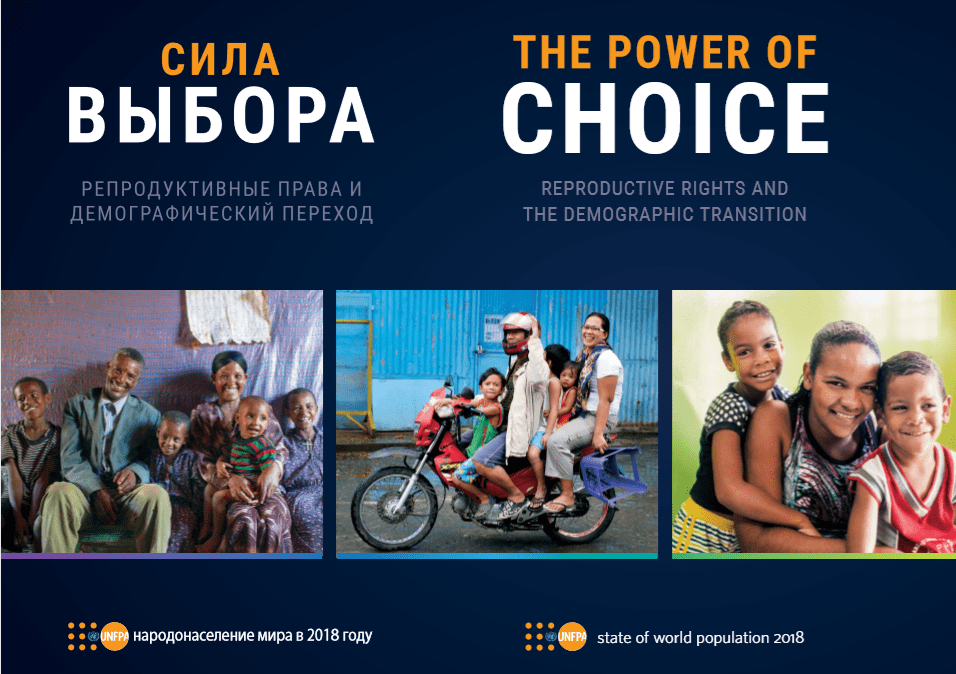17 October 2018, Astana, Kazakhstan - The global trend towards smaller families is a reflection of people making reproductive choices to have as few or as many children as they want and when they want. When people lack choice, it can have a long-term impact on fertility rates, often making them higher or lower than what most people desire, according to The State of World Population 2018, published today by UNFPA, the United Nations reproductive health agency.
Family size, whether small or large, is intertwined with reproductive rights, which are tied to many other rights, such as those to health and education, adequate income and the freedom to make choices and non-discrimination.
“The report found that no country can claim that all of its citizens enjoy reproductive rights at all times. Most couples cannot have the number of children they want because they either lack economic and social support to achieve their preferred family size, or the means to control their fertility,” said UNFPA Representative for Kazakhstan and Country Director for Kyrgyzstan and Turkmenistan Giulia Vallese.
“Realizing reproductive rights means having the freedom to plan a family and make informed and safe choices about the main life events, such as obtaining education, getting married, having children, keeping a job, maintaining financial security and others,” said Giulia Vallese.
Reproductive health and reproductive rights are important for all, and yet they can be particularly inaccessible to youth. There are 1.8 billion young people aged 10-24 in the world. In Kazakhstan this group of people constitutes over 20%, whereas people aged below 24 make up almost half of the country’s population (more than 40%). Upholding and protecting these young people’s reproductive rights will ensure that they thrive in future and make a meaningful contribution to the sustainable development of their country. President Nazarbayev has acknowledged the importance of young people in his recent address by proclaiming 2019 as the Year of Youth.
In Kazakhstan, adolescent girls aged 15-19 give birth 6 times more often than in the countries of the Organization of Economic Cooperation and Development (OECD).[1] The sexual way of contracting HIV has become the most common, having reached 62%.[2] Kazakhstan shows a worrying trend of the highest rate of increase of new HIV infections (up by 106%) compared with 2010. [3]
To make freedom of choice a reality, says the report, countries can prioritize universal access to quality reproductive health care, including modern contraceptives; ensure better education, including age-appropriate sexuality education; advocate for a change in men’s attitudes to be supportive of the rights and aspirations of women and girls; and make it easier for couples to have more children, if they want them, by enabling greater work-life balance through measures such as affordable child care.
The full report may be accessed here: https://bit.ly/2EzXcHg


